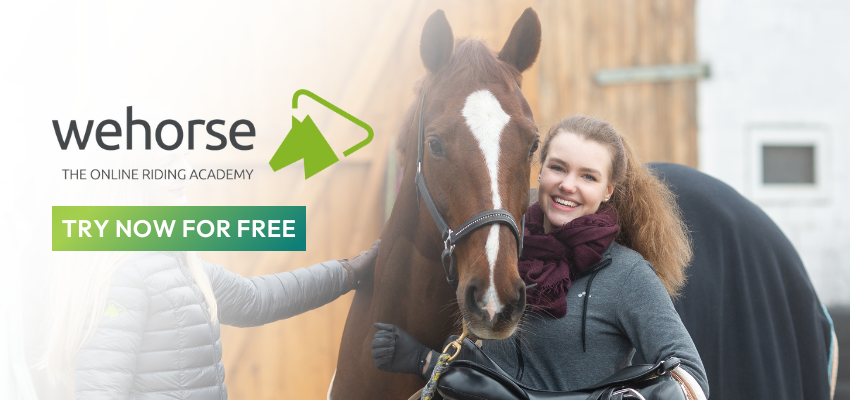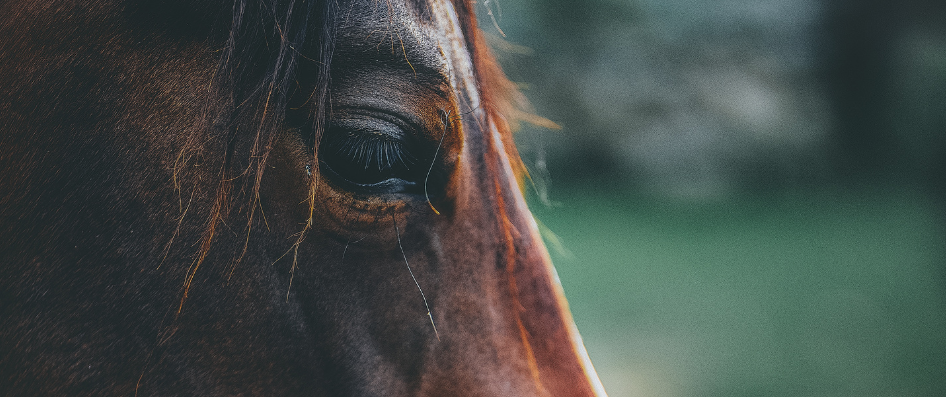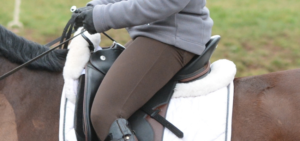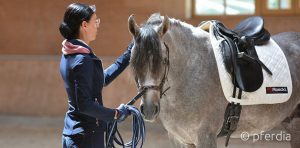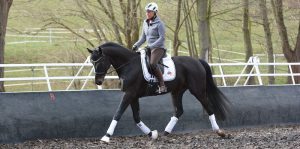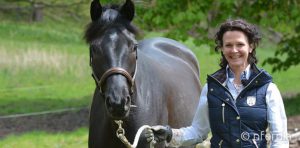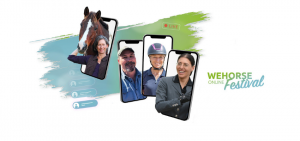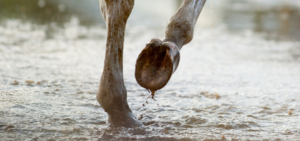Table of Contents:
- When are horses considered problem horses?
- Why are there problem horses?
- The importance of timely recognition of issues
- Problems due to human error in training
- How do horses express that there’s a problem?
- The proper handling of problem horses
Horses are family members for many of their owners. Nevertheless, they are often purchased for a specific reason. Be it riding in competitions, leisurely riding, or pulling a carriage. If horses don’t meet the requirements, they are often called “problem horses”. However, the problems of horses are complex and have very different causes.
When are horses considered problem horses?
When a horse is bred to be a show jumper, but can’t jump high enough or refuses, that is not a problem horse. This might be a problem for the ambitious show jumper, but not necessarily for the horse. It doesn’t have to be a good jumping horse to move around in the pasture and live in the herd. If it has neither physical impairments nor behavioral problems, then it is not a problem horse, but just a horse that does not meet the requirements.
However, there are also horses that eventually develop behavioral problems. The key to this usually lies in a certain event or experience that the horse has had. If the owner or the people in charge of the care of the horse, such as boarding facility staff, no longer can easily and safely access the horse and it may even become uncontrollable, one speaks of a so-called problem horse. Now the search for the cause of the horse’s behavior usually begins. This search is often difficult since every detail must be considered, no matter how small. Problem horses are often sold because the owners can’t find the cause and don’t know what to do.
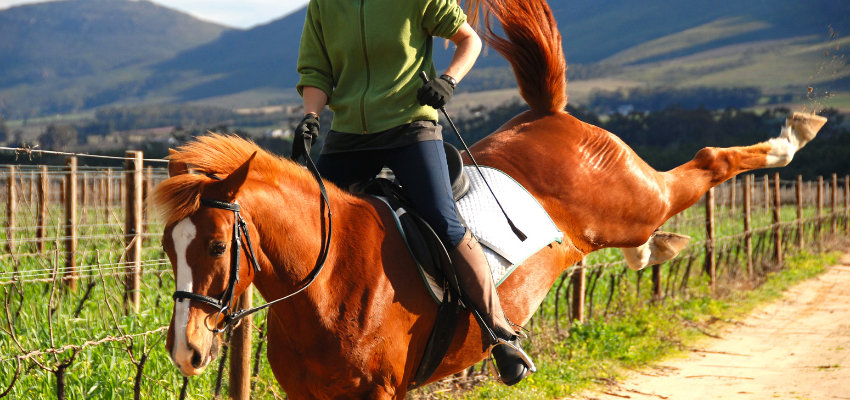
Why are there problem horses?
Problem horses arise from a wide variety of causes. It is important to identify the exact reason for the problem in order to be able to respond individually to the horse.
Roles of internal and external in the development of problem horses
Most of the time when horses cause problems, it’s because humans caused the problem. Horses can have a difficult character, or conformation that is not optimal for riding, but they aren’t born with behavioral problems. These only develop over time. Things like biting, kicking, rearing, bucking, or aggressive behavior are usually a reaction to being overwhelmed, being in pain, or having other negative experiences with people.
In addition to the mental state, poor conformation or pathologies can also lead to problems. It’s important to make the distinction between impairments that cause pain and ones that only affect the horse in certain areas, such as while jumping.
Timely recognition of issues is crucial
Even the foal shows certain physical characteristics that can later cause difficulties when riding. You can correct some things by taking certain measures, but some result in a problem horse developing at some point regardless.
Detect misalignments
In the early stages of its life, you can check a foal’s legs for malpositions. The position of the legs in relation to the ground, the angle of the shoulder, hip, and knee joints, and the length of the individual bones have an impact on the later health of a riding horse. Because the horse, which has to carry the rider in addition to its own weight, easily overloads the joints, tendons, and ligaments if the hooves are not flat on the ground. Horses whose hooves turned inwards later often lead to coffin joint diseases. Appropriate hoof trimming can then partially prevent the foal from becoming a problem horse. Proper farriery and shoeing can resolve the issues later on.
Horses can develop inflammations through their legs if they are overloaded, such as if the hooves are turned outwards. Short, steep pasterns also promote joint diseases, as they cannot cushion the jolts of walking so well. The tendons and ligaments must carry very high loads in horses with soft pasterns, which is when the fetlock sinks toward the ground. These can also lead to major problems for the ridden horse.
Check shoulder freedom
Shoulder freedom is also important. A steep and short shoulder limits the movements of the front legs. In addition, it often results in a difficult saddle position. Horses with a high hind end and a short croup often have steep hindquarters, which puts a lot of stress on the hocks, spine, and front end. These conformation traits can cause problems in horses. However, it depends on the use and demands of the horse.
Problems due to human error in training
Problem horses are often simply the result of failed communication between humans and animals. Just like people, horses have different temperaments and learning styles. What may have worked for all other horses doesn’t work for some. The horse fights back and is wrongly penalized but doesn’t understand why it’s being punished and then resists. The rider, on the other hand, might not understand why the horse resists. This is how an unfortunate cycle begins.
A lack of experience in handling horses can also lead to problems. Inconsistent training and ambiguous signals send contradictory messages and leave the horse to its own devices. In nature, a horse orients itself towards the lead animal, which sends clear signals and reacts correctly in dangerous situations. This clear communication with the leader gives the horse security and it always knows what to expect from its leader. If the human does not give clear signals or shows inconsistent behavior, this reduces the horse’s trust in them. Humans cannot fulfill their role as leader and so the horse begins to take on this role itself.
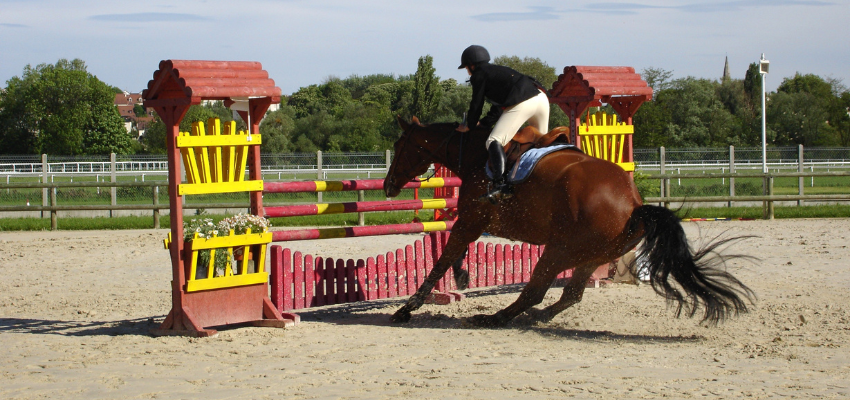
How do horses express that there’s a problem?
If a horse has physical problems, the pain will eventually appear. These can manifest themselves, for example, in rideability problems or balance disorders. Under certain circumstances, muscle atrophy can occur, for example with an unsuitable saddle or severely one-sided crookedness. To protect themselves from predators in the wild, horses often hide their pain long before humans finally notice it. If a horse finally reacts with massive resistance, if it bucks or rears, this often indicates very severe pain.
A horse’s refusal to jump can also indicate pain. These behaviors are very dangerous for the rider so the horse should be thoroughly checked for physical problems. With inconsistent training, many bad habits such as refusing, rearing, bolting, pulling, and more can creep in. Common problems can include being hard to lead, difficult to trailer load, having anxiety, and resistant to being caught. Consistent education and regular training can help avoid these problems from the start. Once the behavior patterns mentioned occur, it is often a lengthy process to stop them again.
Proper handling of problem horses
Once you have identified the problem and decided to do something about the behavioral problems, investigating the cause is the first step. Is it pain, is it a psychological problem, or have training mistakes led to the horse becoming a problem horse? Identify the triggers and then build trust with consistency and patience in order to put the horse back in a position to recognize the human being as a leader. If you can’t make it on your own, then it’s best to consult a specialist trainer for problem horses in order to work on the difficulties together.
Do you want to better understand your horse’s behavior and deepen the connection with your horse? Then check out our website.
